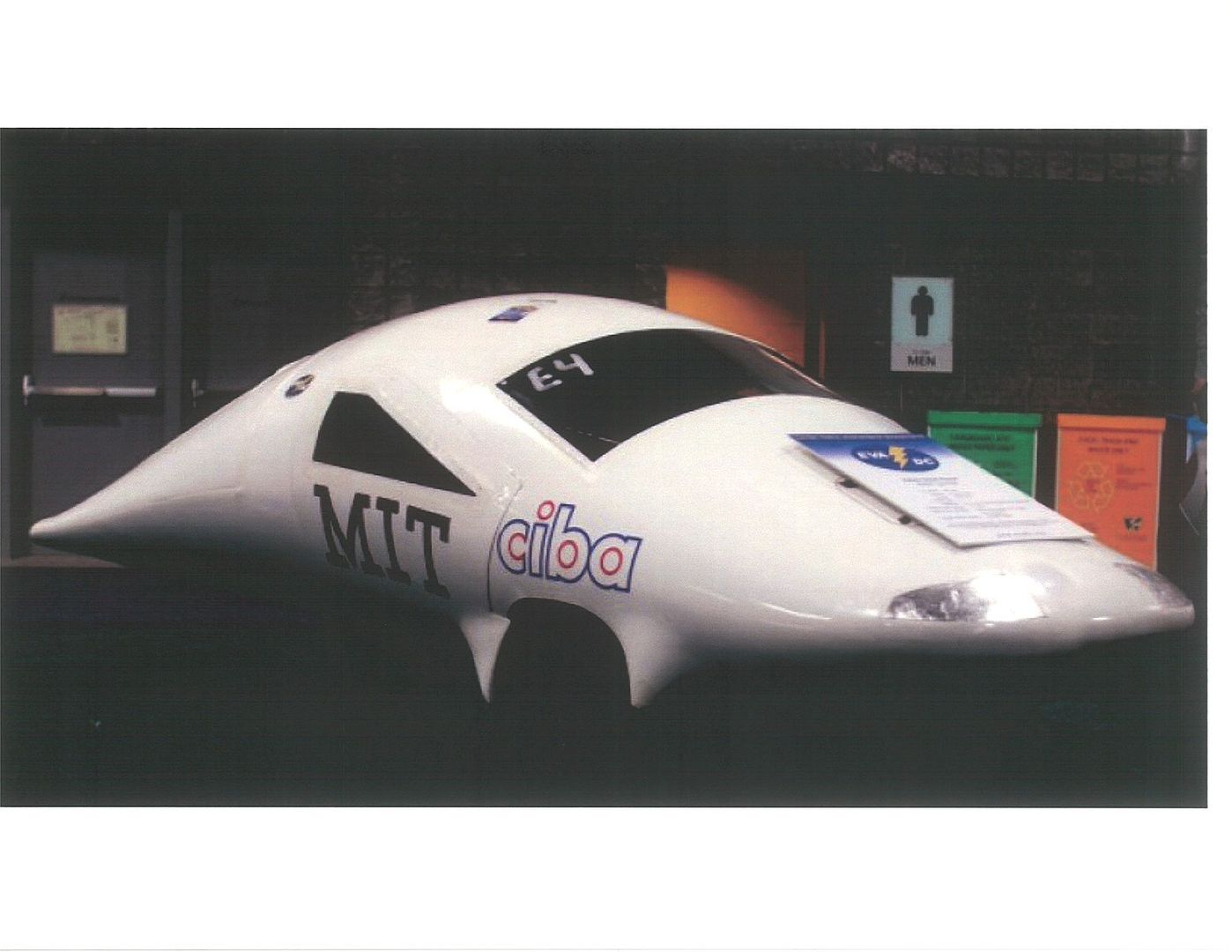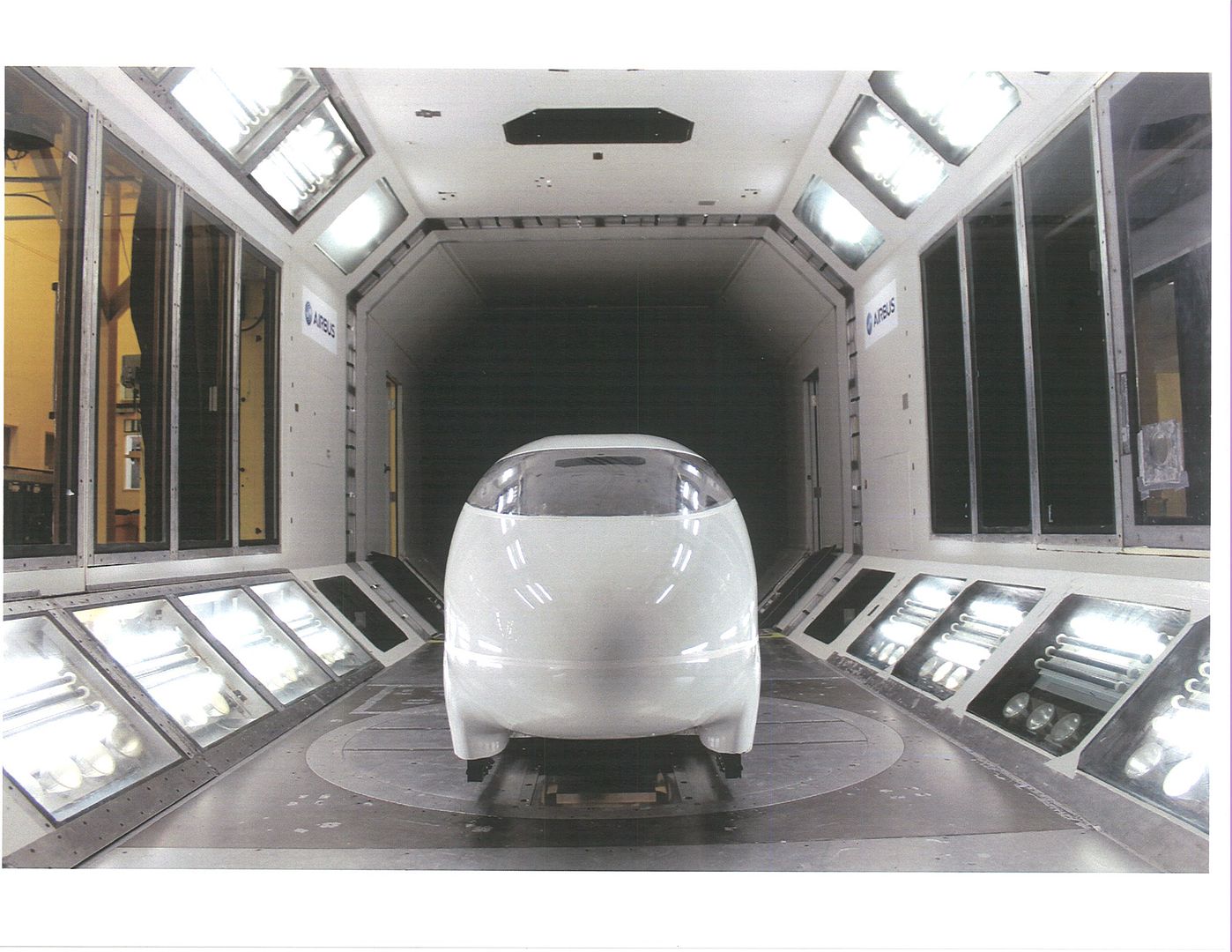Quote:
Originally Posted by Vajra

Okay, now it all makes sense. I have to wonder though, with the back end being like T Vago's, wouldn't that be less aerodynamic than just terminating at the tailgate? While I can see air moving and transitioning more smoothly along the top/sides, I would suspect that the tail end would not have much less drag verses a tail end that ended like a aerolid such as Bondos, or Swede's. I understand the concept of CL verses CD, but I have a hard time seeing how air flow being smoothed out would have a greater effect on efficiency. Or... Are we talking about having the back at 7-8" off the tailgate, with a similar curvature for the tail end? If I was do to what T Vago is doing, I would use foam as well, bread and butter style vertical sections. Don't think ply wood would be so easy to deal with in the larger lumber sizes. If 1/8" inch, sure... not 1/2" though.  I think I would want slightly rounder edges and a flatter center though. My thinking, the edges on T Vago's tail end, would have a not so smooth arcing action of air on the sharper corners. Or am I mistaken? I am NOT knocking T Vagos work in progress, that cap looks very nice. I just don't see how it would be benefit reducing the CD as much as other options. I will never go out further than the tailgate down. As my truck is a 2500 4x4 with 4:10 gears, I don't see a possibility of much over 2mpg max with the aero cap. If I do, I think it would be to the point of losing much of the useful area of the bed. If I had to open it to carry cargo, what would the effect of the rather round end be if open say 1.5 feet? I suspect because of the shape, shallow corners, I'd end up having to open further up to accommodate a similar load. Hmmm...  And yes... I want to hone in on a optimal shape, but also, most useful design possible. Construction wise, I think I can do just about anything one the design part is done.... at least I think so...  |
Streamlining is all about protecting the boundary layer in the aft-body such that no pressure rise is sufficient enough to trigger separation.In ballistics it's referred to as 'sectional density,' in aviation,'area rule.
The body cross-section cannot reduce more than a certain amount at any given location on the body,or the flow will stall,begin to back-flow,and roll up into eddies,then full-blown turbulence.
It all has to do with local air velocity/static pressure.
In a streamline body,the cross-section is identical for any given location,purely symmetrical .

That's not a 'practical' shape for cars,nor the 'half-body' created from sawing the body in half,lengthwise.
It's okay,to stray from the 'ideal' shape as long as we respect the velocity/pressure profile along the body.
Here is the Morelli shape,Cd 0.16,which is a compromise concession to 'practicality.'

At any point in the aft-body,Morelli is very careful to reduce the cross-section only gradually,to maintain attached flow.All the body cross-section are an ellipse.Those radius'd edges are a key to the low drag.
Aptera used all this curvature

Same with MIT

More 'conventional' cross-sections can still produce very low drag,as long as the 'soft' edges are maintained.Here's CUER

It has the same Cd 0.10 as HONDA's Dream-2 car

The soft edges allow air velocities and pressures to gain a more homogeneous value akin to the ideal streamline body.